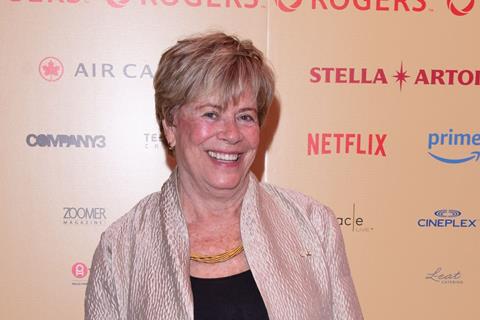
Montreal-born Helga Stephenson travelled extensively and worked overseas as an English teacher and band manager before landing a publicity job in Ottawa at the National Arts Centre.
She ran the Festival of Festivals, which would eventually be renamed Toronto International Film Festival, as executive director from 1987-93, and later became CEO of the Academy of Canadian Cinema & Television.
When did you join the festival?
I visited in its first year in 1976, and by the third edition I was part of a small PR company called Stephenson Ramsay O’Donnell [with Maureen O’Donnell and Bob Ramsay] that had taken over festival communications. Maureen, who became director of communications in 1979, and I launched the cocktail party in Cannes that still goes to this day. I became director of communications in 1982, deputy director in 1986 and executive director in 1987.
During the 1980s, I volunteered for fundraising and became familiar with the inside of the festival. It took some visionaries to come on the board like Martin Connell; Sid Oland at Labatt Brewing Company to arm-wrestle the company into supporting us; and visionary bureaucrats like deputy minister of culture for Ontario Bernard Ostry and then David Silcox. In Anglophone society, cinema is not one of the great arts like it is in Francophone society. We had to fight the culture fight. It took 10 years to get accepted.
What were those early years like?
The idea was to make it a people’s festival, because you have these incredible audiences here. The festival also decided not to go competitive. It was among the first to be a very highly programmed, wildly public film festival. And, dare I say, not programmed by a bunch of old men! I got to know the international scene, and then I became involved in the Los Angeles relationships, visiting the studios every year, because Toronto was part of their natural New York-Los Angeles-Toronto release pattern and Canada represented 10% of the domestic market.
What were some of the initiatives you championed?
We wanted a cinematheque and to screen films year-round. We began to create a 12-month organisation to institutionalise the Festival of Festivals, and board chair Allan Gregg was instrumental. We acquired Ontario Film Institute and renamed it Cinematheque Ontario [now TIFF Cinematheque] in 1990. We wanted to turn into part of the landscape as film became more and more the currency of the young.
Tell us about your tenure as executive director.
I became executive director in 1987. Piers [Handling] and I had already made an agreement that should I be successful in my quest to be executive director, he would function as artistic director. That partnership had been forged when we did the Winds of Change in 1986, the world’s largest Latin American retrospective. Piers was very much part of my tenure. We wanted to internationalise the festival and set out to woo the best programmers in the world and bring them to Toronto. The festival was never the expression of one person’s taste — you got 20 slots and did what you wanted with them.
Why did you change the festival’s name in 1994?
As we travelled the world and forged ties with international filmmakers, we were always [hampered] by the name. It didn’t even have the word ‘film’ in it and had to be explained. And as you go to different markets and festivals, you’re called Toronto. So we went with the flow and left the old name behind. There wasn’t a riot or anything; it was just housekeeping.
What makes TIFF special?
I don’t know that there’s any festival that is so much a part of its community like TIFF, where there is civic pride, there’s national pride and it’s part of the fabric of the city. It was a wonderful, magical world of wonderful, magical people. They were the best years of my life.
How would you like to see TIFF evolve?
I hope the festival retains its cutting-edge ability to connect with audiences, because going to the cinema has taken a dive. You want to get the young audiences.

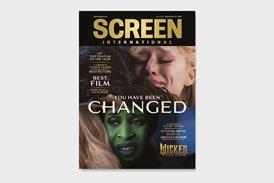
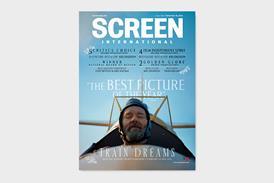
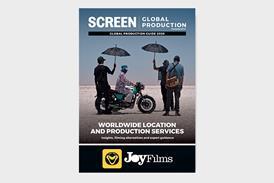
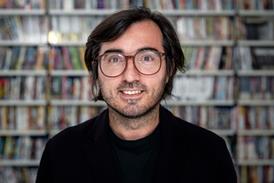
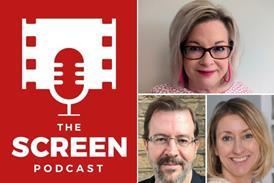
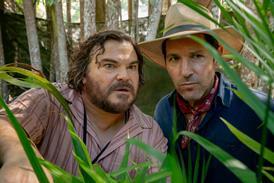

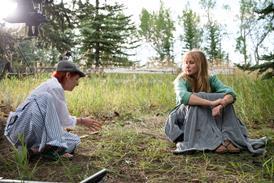
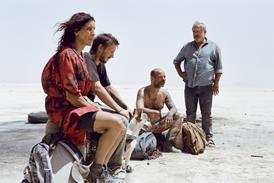



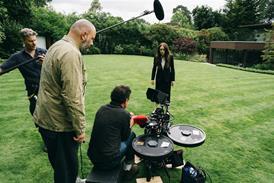









No comments yet